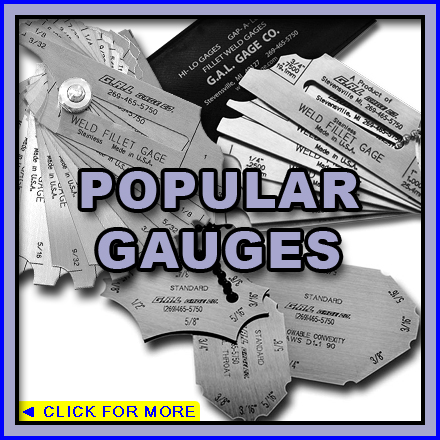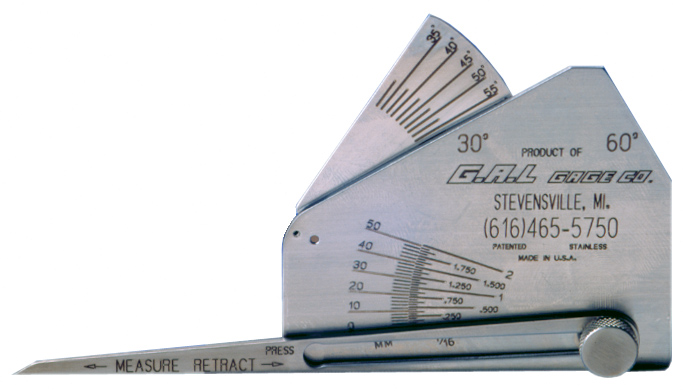Fillet Weld Design Strategies: Optimizing Joint Efficiency and Appearance for Structural Integrity
In the realm of structural design and fabrication, the importance of fillet weld layout techniques can not be overemphasized. By thoroughly considering variables such as weld account optimization, material selection, joint prep work strategies, welding procedure efficiency, and visual enhancement methods, designers and producers can attain a harmonious balance between functionality and look in their welded frameworks.
Weld Profile Optimization


Accomplishing an optimum weld profile includes a thorough factor to consider of elements such as material thickness, joint arrangement, welding placement, and preferred welding rate. In addition, the selection of proper welding criteria, such as voltage, current, and take a trip rate, is fundamental in controlling the form and dimensions of the fillet weld. Utilizing innovative welding strategies, such as pulse welding or robotic welding, can even more fine-tune the weld account to fulfill specific layout needs and quality requirements.
Essentially, weld profile optimization is an essential element of fillet weld style that directly influences the total performance and integrity of welded joints in architectural applications.
Material Option Considerations
When taking into consideration material selection for fillet weld design, the compatibility of the base metals is a critical variable affecting the structural integrity of the joint. It is necessary to pick materials that not only bonded together effectively yet additionally have similar mechanical properties to ensure the load is uniformly distributed in between the base and the weld metals. Welding materials with vastly various properties can lead to issues such as stress and anxiety concentrations, early joint failure, or splitting.
Furthermore, the setting in which the welded structure will certainly operate need to be taken into consideration when picking products. Factors like corrosion resistance, temperature fluctuations, and exposure to chemicals can all impact the longevity and efficiency of the weld joint. By choosing materials that appropriate for the desired application and setting, the general durability and dependability of the welded joint can be considerably boosted.
For that reason, extensive consideration of material compatibility and ecological variables is paramount in ensuring the weld joint's toughness, longevity, and general structural stability.

Joint Prep Work Strategies
Taking into consideration the vital duty product selection plays in making sure the architectural stability of fillet weld joints, it is important to implement accurate joint prep work techniques that maximize the connection in between the base metals. Joint preparation is an essential step that directly affects the quality and stamina of the weld. One basic technique is the cleaning of base metals to get rid of any kind of contaminants like rust, oil, or paint that can endanger the weld's honesty. This can be achieved through approaches such as grinding, cord brushing, or chemical cleansing.
Additionally, tack welding the parts in area before the last weld aids preserve positioning and lessens distortion throughout the welding procedure. By carefully adhering to these joint preparation techniques, welders can enhance the overall performance and aesthetic appeals of fillet weld joints while making certain structural soundness.
Welding Refine Efficiency
Reliable welding processes are essential for accomplishing ideal performance and high quality in fillet weld fabrication. One vital element of improving welding process efficiency is selecting the suitable welding technique. Elements such as material kind, joint style, and welding setting must be meticulously taken into consideration to figure out one of the most ideal method. Procedures like gas metal arc welding (GMAW) and flux-cored arc welding (FCAW) are commonly utilized for fillet welds due to their versatility and speed.
Regular calibration of welding devices, examination of consumables, and maintenance of welding torches can stop downtime and revamp, inevitably conserving time and resources. Well-trained welders are much more adept at discover this readjusting specifications, repairing concerns, and keeping constant weld quality.
Aesthetic Improvement Techniques
To maximize the quality of fillet weld manufacture, executing visual enhancement methods can play a vital function in guaranteeing precision and precision during index the welding procedure. Aesthetic help such as weld dimension gauges and magnifying lenses can help in analyzing weld profiles and dimensions accurately. By integrating these aesthetic enhancement techniques right into the welding process, welders can achieve not just structurally audio fillet welds however also visually appealing results that satisfy market criteria.

Final Thought
In final thought, optimizing fillet weld design entails careful consideration of weld profile, material selection, joint prep work, welding procedure performance, and aesthetic enhancement approaches. By carrying out these approaches, architectural integrity can be improved while also accomplishing visual appeal. It is very important to prioritize both performance and visual appeals in fillet weld layout to ensure the overall quality and resilience of the joint.
By carefully thinking about aspects such as weld account optimization, material option, joint preparation strategies, welding process effectiveness, and visual enhancement designers, techniques and fabricators can attain an unified balance in between capability and look in their bonded structures.In the realm of fillet weld design, maximizing the weld account plays a critical duty in making sure structural stability and performance. The weld profile, which consists of the size and form of the weld cross-section, straight affects the distribution of stress and anxiety and load-bearing capability within the joint. It is important to pick products that not just bonded together properly but additionally have comparable mechanical reference residential or commercial properties to guarantee the tons is uniformly distributed in between the weld and the base steels - Gauge Fillet Weld.In verdict, enhancing fillet weld style involves cautious factor to consider of weld profile, product option, joint prep work, welding process efficiency, and visual enhancement approaches